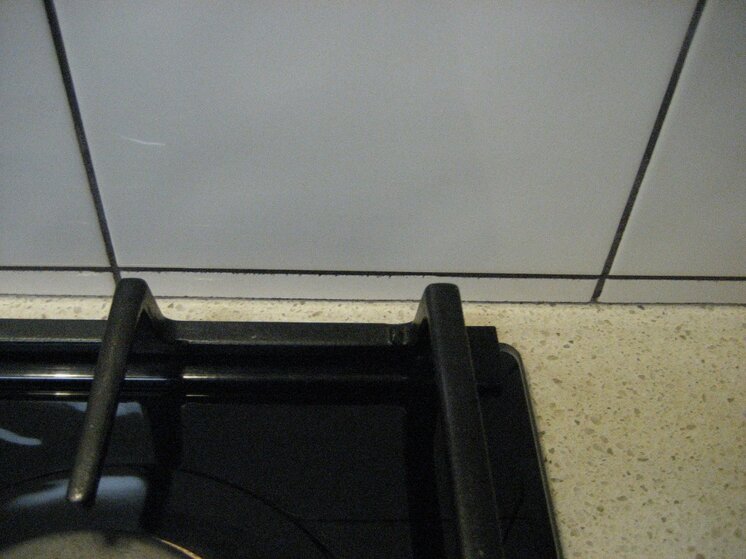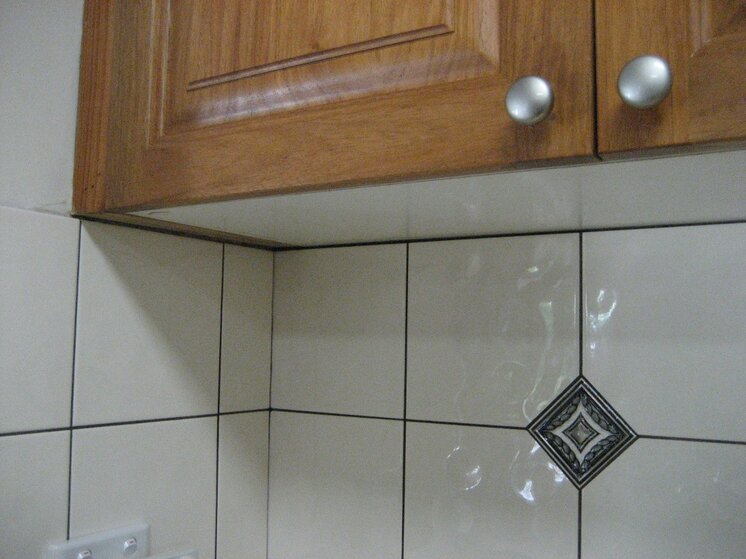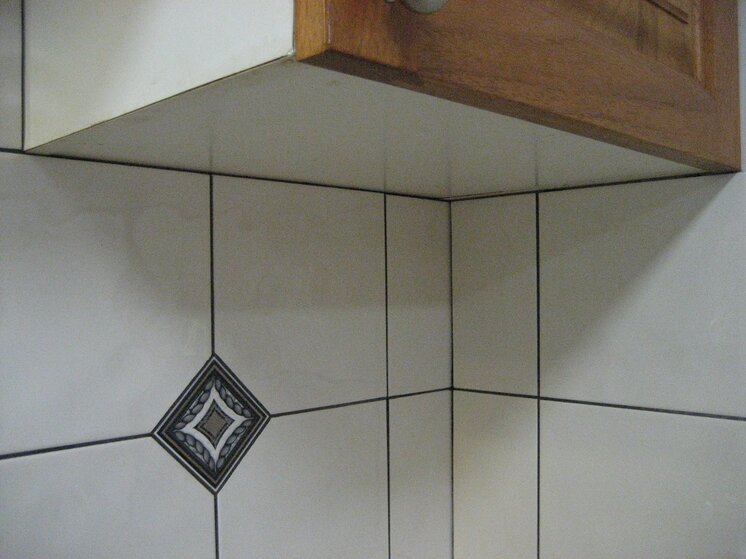P
plugger2
hi tilers -- my first post (and my my first tiling job). I'm very glad to have come across this forum, looks like a great resource for advice from the "pros".
My project is a kitchen backsplash. I'm using 200x200 ceramic wall tiles (nothing special here, I would think). I'm planning to use 1.5mm grouting spacing.
I have a couple of cutting challenges. I need to cut a total of 20 thin (19mm) tile slices to fill the gap between the benchtop and the first row of fill sized tiles. I was reading up on tools, and realised that the standard manual tile cutters might be difficult to use for pieces this thin. So I've bought myself a wet tile table saw. Nothing fancy (I'm sure it is not of pro standard, just a light duty made-in-china DIY jobby), but it was at a price that could be justified for the single job. This is the one:
eBay Australia: Buy new & used fashion, electronics & home d
I've also bought a diamond tile saw cutting blade for my angle grinder, and a 4 pack of Vitrex "tile files". These are the "tile files":
eBay Australia: Buy new & used fashion, electronics & home d
As well as cutting the thin 19mm slices of tile, I need to diagonally cut corners off 28 of the 200x200 tiles to allow for 7 diamond shaped 75x75 inlay feature tiles.
Finally, I need to mitre the edges on 8 tiles and tile pieces for a single out side corner. The customer (my wife) is very adamant that it must be a mitre job -- no trim allowed! 🙂
So there it is lads. Clearly, my life is in your hands from this point on! Any advice that will more likely lead to a happy customer will be much appreciated. Am I on the right track with the tools I have for my cutting requirements? Are there particular things to observe when cutting and mitering to avoid chipping the glazed surface etc.?
All advice and pointers much appreciated. 🙂
My project is a kitchen backsplash. I'm using 200x200 ceramic wall tiles (nothing special here, I would think). I'm planning to use 1.5mm grouting spacing.
I have a couple of cutting challenges. I need to cut a total of 20 thin (19mm) tile slices to fill the gap between the benchtop and the first row of fill sized tiles. I was reading up on tools, and realised that the standard manual tile cutters might be difficult to use for pieces this thin. So I've bought myself a wet tile table saw. Nothing fancy (I'm sure it is not of pro standard, just a light duty made-in-china DIY jobby), but it was at a price that could be justified for the single job. This is the one:
eBay Australia: Buy new & used fashion, electronics & home d
I've also bought a diamond tile saw cutting blade for my angle grinder, and a 4 pack of Vitrex "tile files". These are the "tile files":
eBay Australia: Buy new & used fashion, electronics & home d
As well as cutting the thin 19mm slices of tile, I need to diagonally cut corners off 28 of the 200x200 tiles to allow for 7 diamond shaped 75x75 inlay feature tiles.
Finally, I need to mitre the edges on 8 tiles and tile pieces for a single out side corner. The customer (my wife) is very adamant that it must be a mitre job -- no trim allowed! 🙂
So there it is lads. Clearly, my life is in your hands from this point on! Any advice that will more likely lead to a happy customer will be much appreciated. Am I on the right track with the tools I have for my cutting requirements? Are there particular things to observe when cutting and mitering to avoid chipping the glazed surface etc.?
All advice and pointers much appreciated. 🙂





